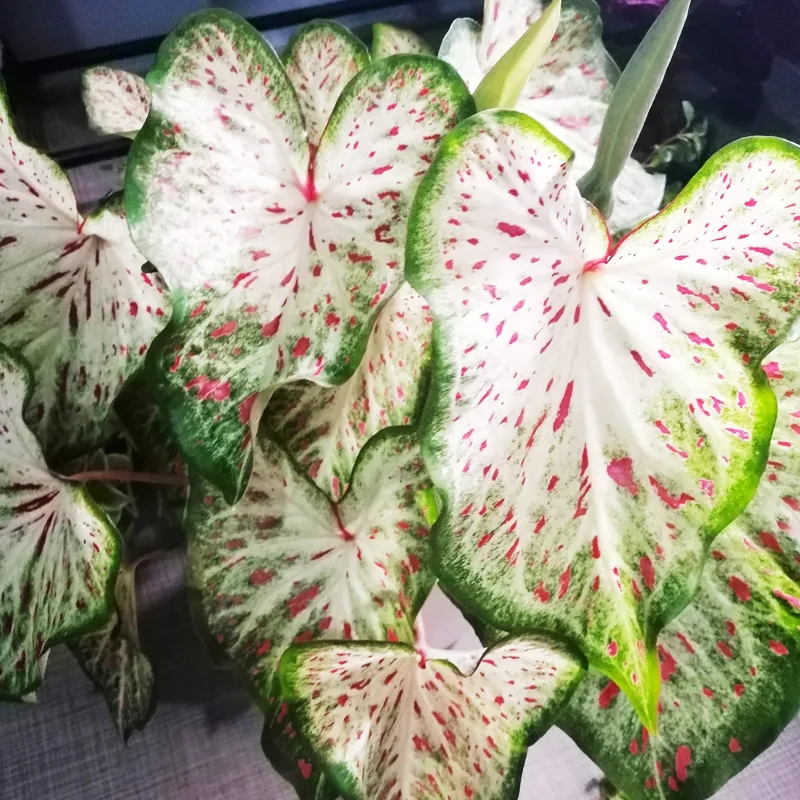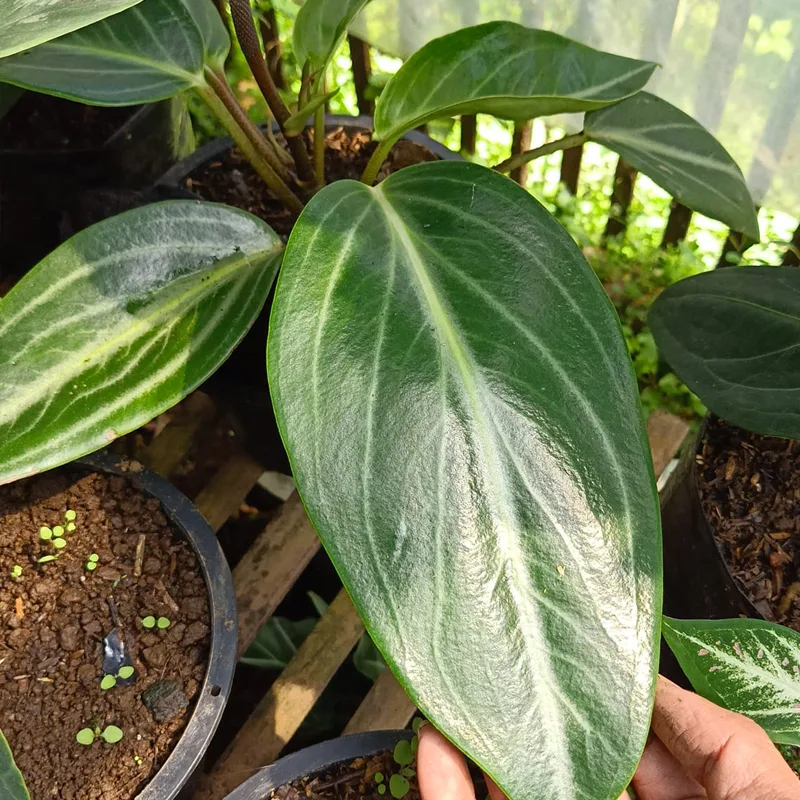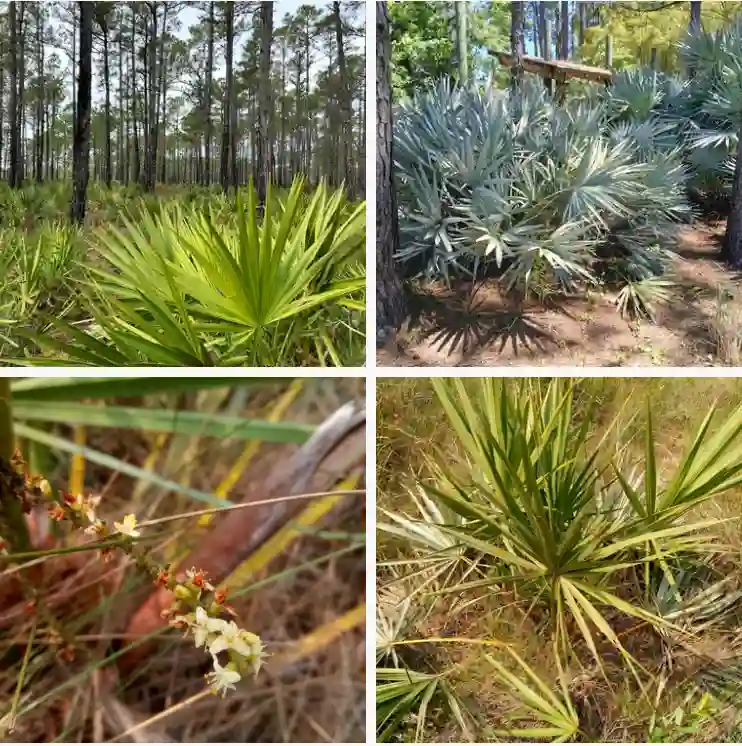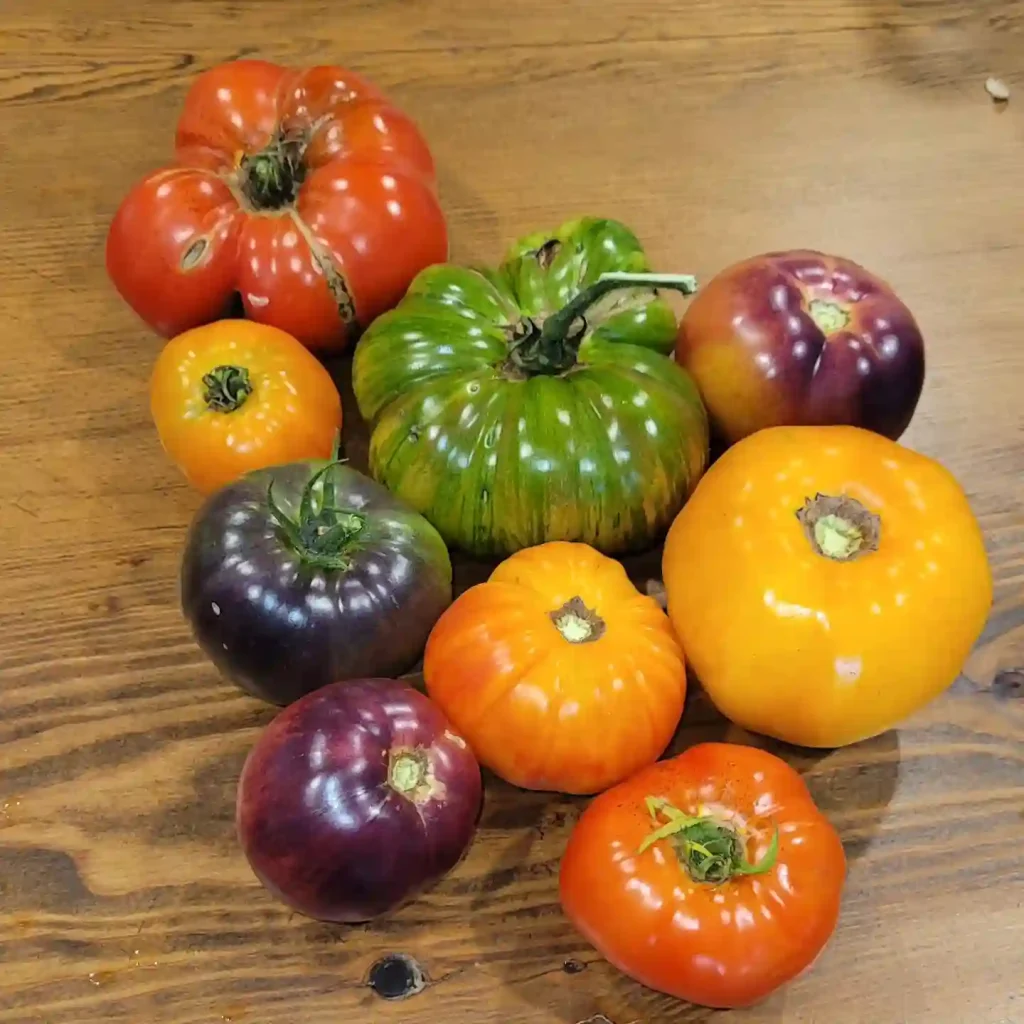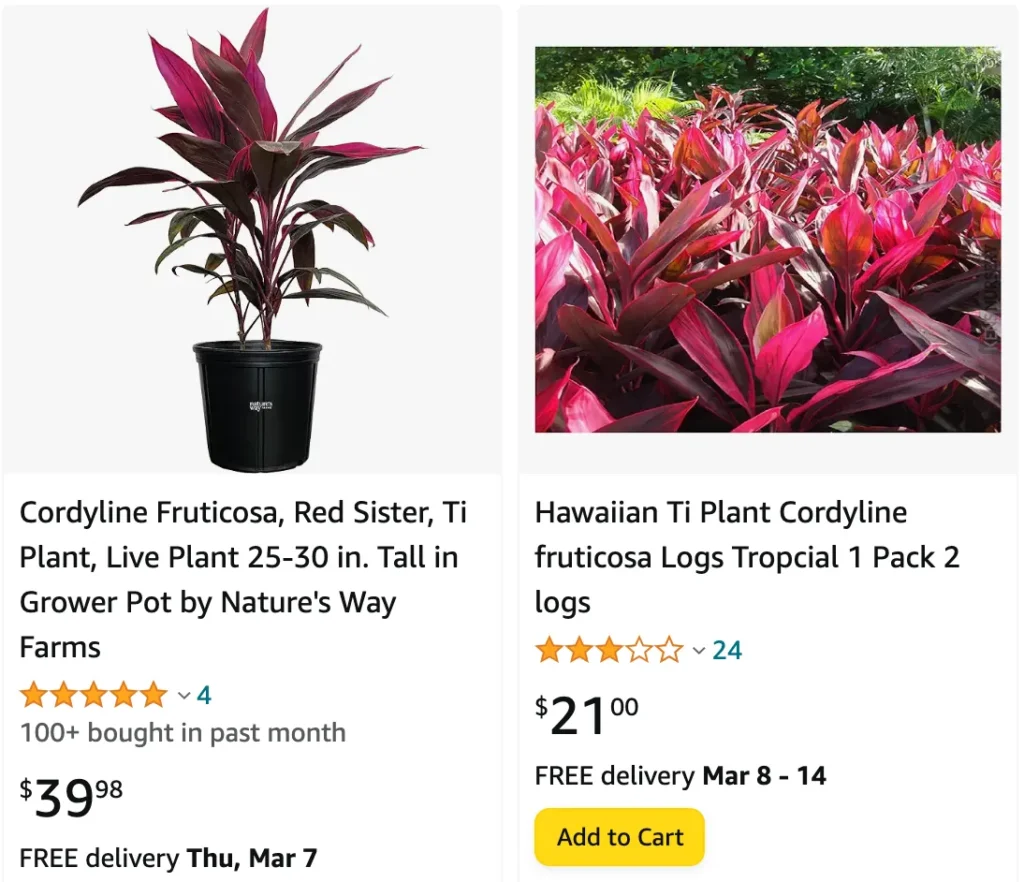
What is cordyline fruticosa?
Cordyline fruticosa, commonly known as Ti plant or Hawaiian Ti plant, is a tropical evergreen shrub native to Southeast Asia, Australia, and the Pacific Islands. It is valued for its attractive foliage, which comes in various colors and patterns, including green, red, pink, purple, and variegated combinations.
25 Species in Genus Cordyline
How tall does cordyline fruticosa grow?
In terms of height, Cordyline fruticosa can vary depending on its growing conditions and cultivar. Generally, it grows between 3 to 10 feet (about 0.9 to 3 meters) tall, but some varieties can reach even greater heights under optimal conditions.
How to care for cordyline fruticosa?
Caring for Cordyline fruticosa involves providing it with the right environmental conditions:
- Light: Place the plant in a location with bright, indirect sunlight. It can tolerate some direct sunlight, especially in the morning or late afternoon, but avoid intense midday sun.
- Watering: Keep the soil consistently moist but not waterlogged. Water thoroughly when the top inch of soil feels dry to the touch.
- Temperature and Humidity: Maintain warm temperatures between 65°F to 85°F (18°C to 29°C) and high humidity levels. Mist the leaves regularly or use a humidifier, especially in dry indoor environments.
- Soil: Plant Cordyline fruticosa in well-draining soil enriched with organic matter. A mix of potting soil, perlite, and peat moss works well.
- Fertilizing: Feed the plant with a balanced liquid fertilizer every 4-6 weeks during the growing season (spring and summer), diluting it to half strength. Reduce feeding in the fall and winter.
- Pruning: Remove dead or damaged leaves regularly to maintain the plant’s appearance and overall health. Use clean, sharp pruning shears to make clean cuts.
How to propagate cordyline fruticosa?
To propagate Cordyline fruticosa, you can take stem cuttings:
- Cut a Stem: Select a healthy stem and cut a section about 4-6 inches long with a sharp, clean knife or shears.
- Prepare the Cutting: Remove the lower leaves from the cutting, leaving a few leaves at the top. Allow the cut end to callus over for a day or two.
- Rooting: Plant the cutting in a well-draining potting mix and keep it moist. Roots should develop within a few weeks.
- Transplanting: Once the roots are established, transplant the cutting into a larger container or outdoors in a suitable location.
How to prune cordyline fruticosa?
Pruning Cordyline fruticosa is primarily done to maintain its shape and size:
- Remove Dead or Yellow Leaves: Trim away any dead, yellowing, or damaged leaves using clean, sharp pruning shears.
- Control Height: If the plant becomes too tall or leggy, you can trim back the main stem to the desired height to encourage bushier growth.
- Shape: Prune the tips of the stems to encourage branching and maintain the desired shape of the plant.
Is cordyline fruticosa indoor plant?
Yes, Cordyline fruticosa can be grown as an indoor plant, provided it receives adequate light, warmth, and humidity. It’s a popular choice for adding color and tropical flair to indoor spaces.
Is cordyline fruticosa toxic to cats? Is cordyline fruticosa poisonous to dogs?
Cordyline fruticosa is considered toxic to both cats and dogs if ingested. It contains saponins, which can cause gastrointestinal upset, vomiting, and drooling in pets. It’s essential to keep the plant out of reach of pets and monitor them closely if they are in proximity to the plant.
Where to buy cordyline fruticosa?
You can buy Cordyline fruticosa from various sources, including:
- Local Nurseries and Garden Centers: Visit your nearest nursery or garden center, as they often carry a selection of tropical plants, including Cordyline fruticosa. Staff at these establishments can provide guidance on care and cultivation.
- Home Improvement Stores: Stores like Home Depot, Lowe’s, and Walmart often have a garden section where you can find a variety of indoor and outdoor plants, including Cordyline fruticosa.
- Online Retailers: Websites like Amazon, Etsy, and specialized online plant shops offer a wide range of plants for purchase, including Cordyline fruticosa. Be sure to check reviews and ratings of sellers to ensure quality and customer satisfaction.
- Botanical Gardens and Plant Shows: Botanical gardens often have plant sales or events where you can purchase Cordyline fruticosa and other exotic plants. Additionally, plant shows or expos may feature vendors selling a diverse selection of plants.
- Local Plant Swaps or Exchanges: Check if there are any local plant swaps or exchanges in your area where enthusiasts gather to trade or sell plants. You may find Cordyline fruticosa or other desirable plants at these events.
When buying Cordyline fruticosa, look for healthy specimens with vibrant foliage and no signs of pests or diseases. Ensure that the plant is well-potted or packaged to prevent damage during transportation.
If i die, water my plants!
